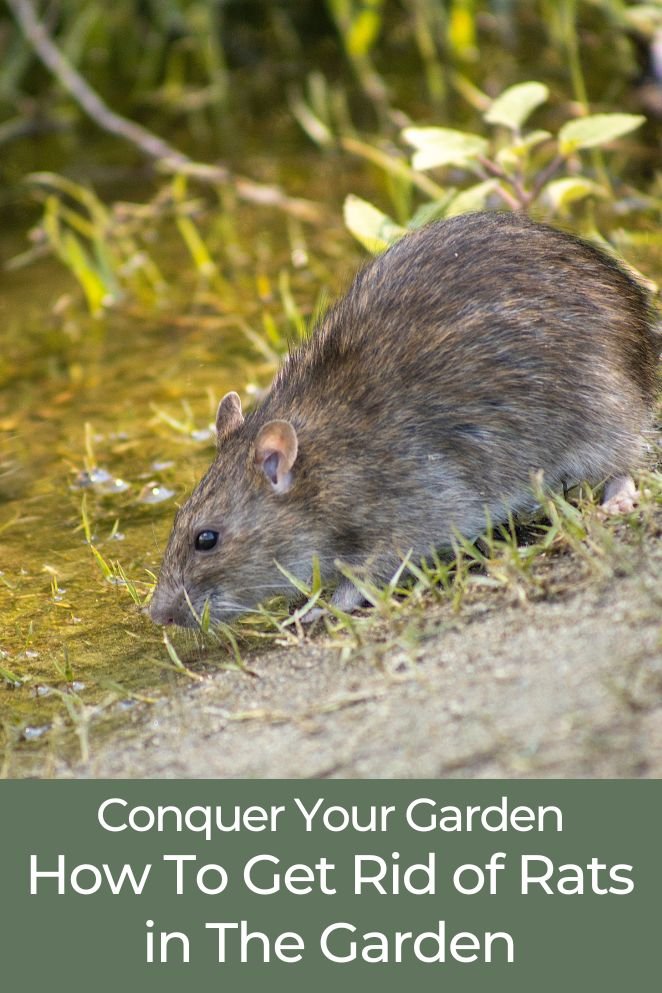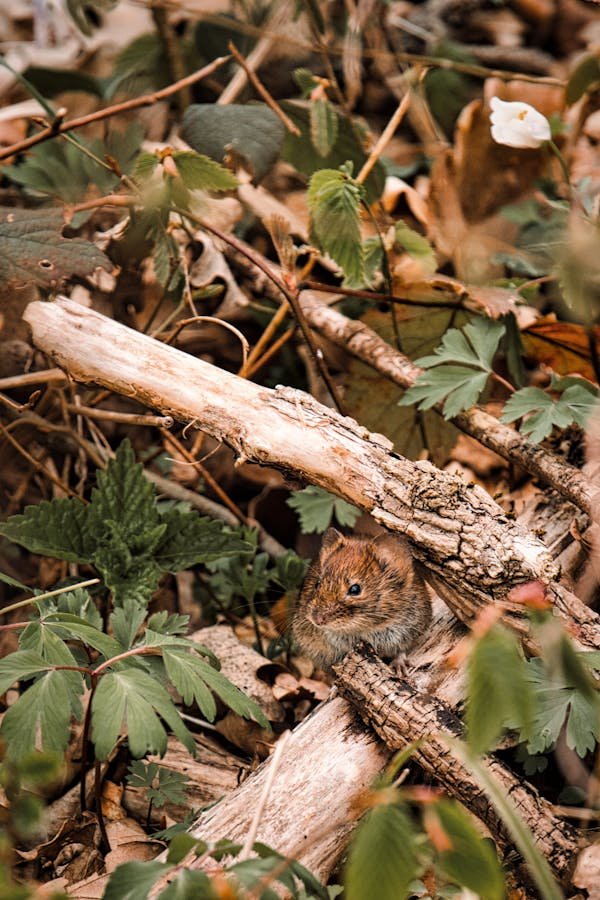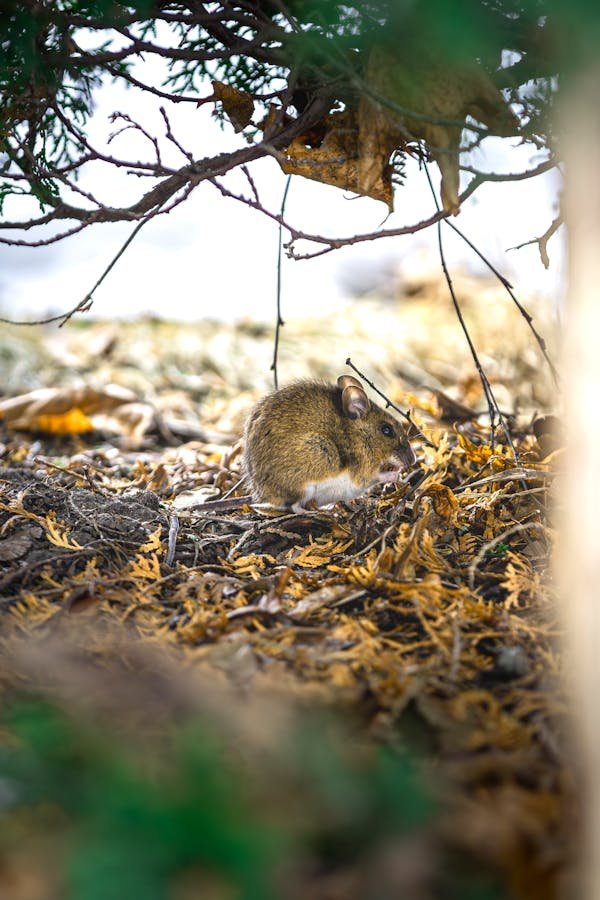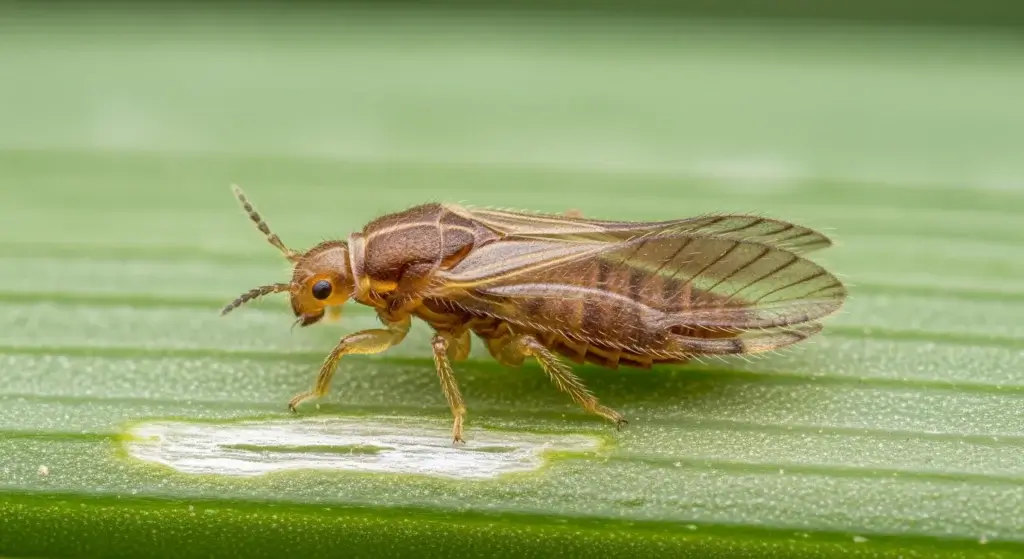
Hello fellow garden lovers!
Have you ever caught sight of some unwanted visitors darting around your cherished garden?
You know the ones – those pesky rats.
But fear not, in this comprehensive guide, we’re diving into the specific of how to say goodbye to those furry intruders and reclaim your garden oasis.
How to Identify Signs of Rat Activity in the Garden
Before you wage war on the rats, you need to be sure they’re the culprits behind the damage.
Here are some telltale signs to watch out for:
- Read also: Clover Mite vs. Spider Mite: Understanding the Differences
- Read also: Effective Homemade Spider Mite Killer
Rat droppings
Keep an eye out for small, pellet-like droppings scattered around your garden.
These are a surefire sign that rats have been paying a visit.
Check in nooks, crannies, and along pathways for these telltale signs of rodent presence.
Gnaw marks
Take a closer look at your plants and garden structures for any signs of gnawing.
Rats have a habit of nibbling on just about anything they can sink their teeth into, leaving behind distinct marks.
Pay special attention to the edges of leaves, stems, and wooden structures for evidence of their handiwork.
Burrows and runways
Rats are skilled diggers. Look for holes in the ground, especially around sheds, compost bins, or under decks.
These could be entrances to burrows. Rats also create pathways through your garden as they travel.
You might see greasy rub marks along these runways where their fur has brushed against surfaces.
Unpleasant smell
A strong, musky odor can indicate a large rat population.

Where do rats nest in the garden
In your garden, rats are on the lookout for warm, dry, and sheltered places to build their nests. Here are some of their favorite spots:
Underground burrows
Brown rats, a common garden variety, are excellent diggers. They’ll create burrows with multiple entrances, often near:
- Sheds, garages, or outbuildings
- Compost bins
- Woodpiles
- Areas with dense vegetation for cover
Under structures
Rats will take advantage of any existing nooks and crannies. Look for them under:
- Decks
- Patios
- The foundation of your house or shed
Dense vegetation
Overgrown areas with tall plants or weeds provide good hiding spots for nests. Places to check include:
- Flowerbeds with thick foliage
- Untamed corners of your garden
- Areas with climbing plants where they can build nests off the ground
What Issues Can Rats Cause in Your Garden
Besides being unwelcome guests, rats can wreak havoc on your garden.
Here’s a breakdown of the havoc these rodents can wreak in your garden:
Damage to plants
Rats are omnivores and will happily munch on your fruits, vegetables, and flowers.
They might eat fruits and vegetables directly off the vine, or dig up and devour root vegetables.
They can also gnaw on stems and branches, damaging or killing plants.
Contamination
Even if they don’t directly consume your produce, rats can contaminate it with their droppings and urine.
This makes fruits and vegetables unsafe to eat.
Burrowing and tunneling
As mentioned earlier, rats are excellent diggers.
Their burrowing activity can disrupt your garden beds and damage plant roots. Tunnels can also weaken foundations or create tripping hazards.
Spreading disease
Rats carry a variety of diseases that can be harmful to humans and pets.
These diseases can be spread through contact with rat droppings, urine, or even by inhaling dust particles contaminated with them.
Competitors for food
If you have bird feeders in your garden, rats will happily steal the seeds meant for your feathered friends.
This can deprive birds of a valuable food source.
Property damage
Rats have strong teeth that can chew through a surprising variety of materials.
They might gnaw on wires, hoses, and even building materials, causing damage to your property.

How to Get Rid of Rats in the Garden
Rats can quickly turn your garden from a haven to a battleground.
But fear not!
Here’s a multi-pronged approach to reclaim your green space:
Eliminate food sources
Rats are notorious foodies, so the first step is to cut off their food supply.
Clear away fallen fruits, seeds, and compost from your garden. Keep things neat and tidy, and store any food items in sealed containers to deprive rats of easy snacks.
Declutter and secure
Rats love to hide in cluttered areas, so it’s time for a clean-up.
Remove any unnecessary items or debris from your garden to eliminate potential hiding spots for rats.
Additionally, secure any entry points to your garden and structures to prevent rats from sneaking in.
Install physical barriers
Create a fortress around your garden to keep rats out.
Use wire mesh or hardware cloth to cover vulnerable areas like garden beds or gaps in fencing.
Ensure that the barriers are securely installed to effectively deter rats from accessing your garden.
Set traps
Get strategic with traps to catch those cunning rodents.
Choose from a variety of options such as snap traps or humane live traps.
Experiment with different baits like peanut butter or cheese to entice rats into the traps.
Remember to check and reset traps regularly for optimal effectiveness.
Call in natural predators
Natural predators can be valuable allies in your fight against rats.
Consider attracting cats, dogs, or birds of prey to your garden to help keep the rat population in check.
These predators can lend a helping paw (or talon) in controlling rat numbers naturally.
Make your garden unappealing
Strong scents can deter rats. Strategically place:
- Peppermint oil sprays or cotton balls soaked in peppermint oil
- Cloves of garlic or cayenne pepper flakes (be mindful near plants)
- Used coffee grounds (may need to be refreshed often)
- Onion slices (replace regularly as they lose potency)
Handle rodenticides with care
As a last resort, you may consider using rodenticides to deal with stubborn rat infestations.
However, exercise extreme caution and follow instructions carefully to minimize risks to other wildlife and pets.
Always use rodenticides as a last resort and consider the potential consequences before resorting to them.
- Read also: Treating Whitefly on Plants: Effective Strategies for Pest Control
- Read also: Whitefly Damage Symptoms: Protecting Plants from Infestation

Conclusion
And there you have it, folks!
Armed with these strategies, you’re well-equipped to reclaim your garden sanctuary from those pesky rats.
Remember, persistence is key, so stay vigilant and don’t be afraid to try out different tactics until you find what works best for you.
Happy gardening, and may your days be rat-free!
FAQs
Absolutely! Rats can munch on your plants, raid your veggies, and even damage your garden infrastructure. Plus, they pose health risks with their droppings and urine.
Experiment with different baits like peanut butter, cheese, or even bits of fruit to see what attracts the rats in your area.
While rodenticides can be effective, they should be handled with extreme caution to avoid harm to other wildlife and pets. Always follow instructions carefully and consider other options first.



